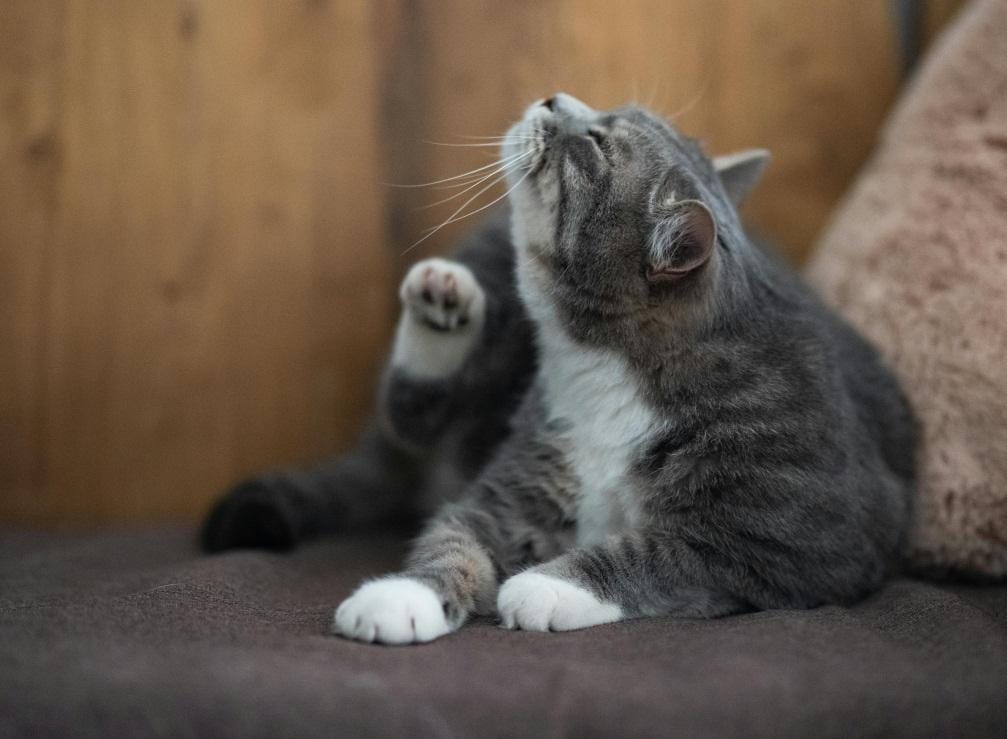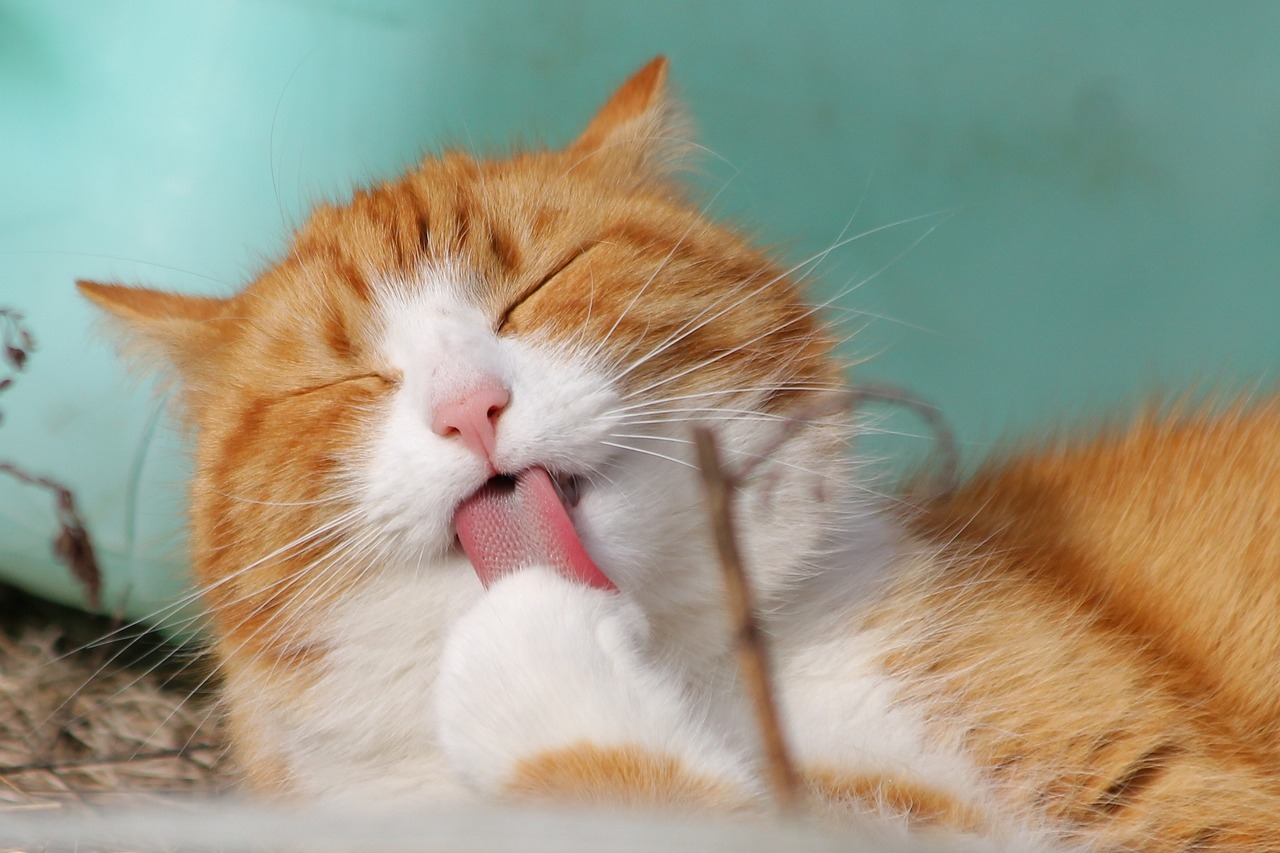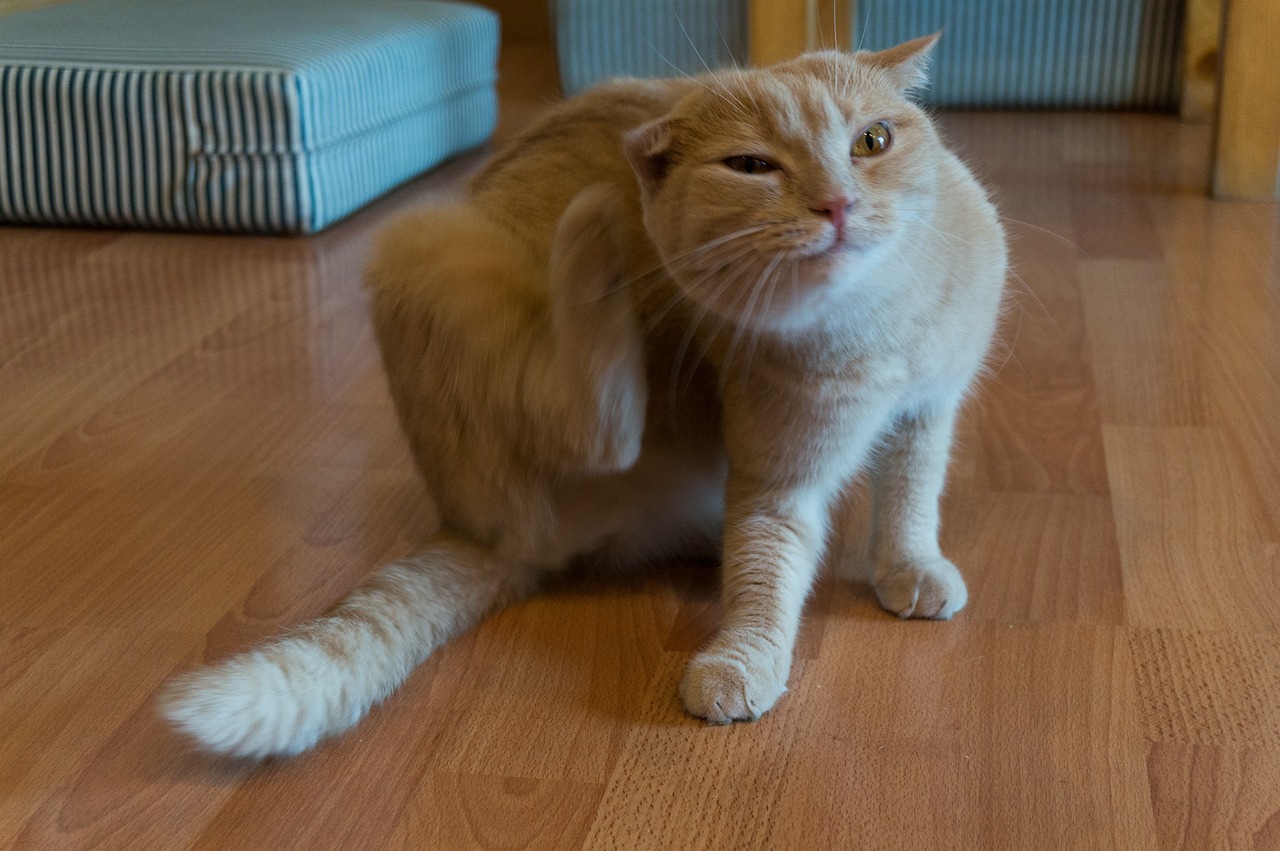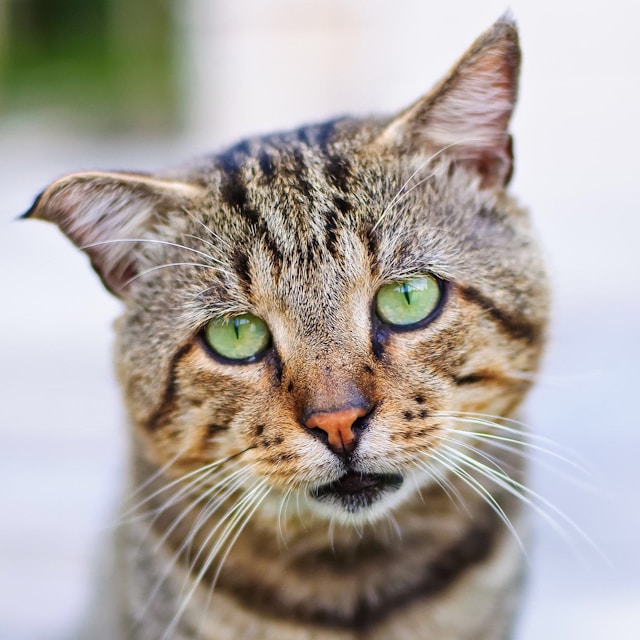Himalayan
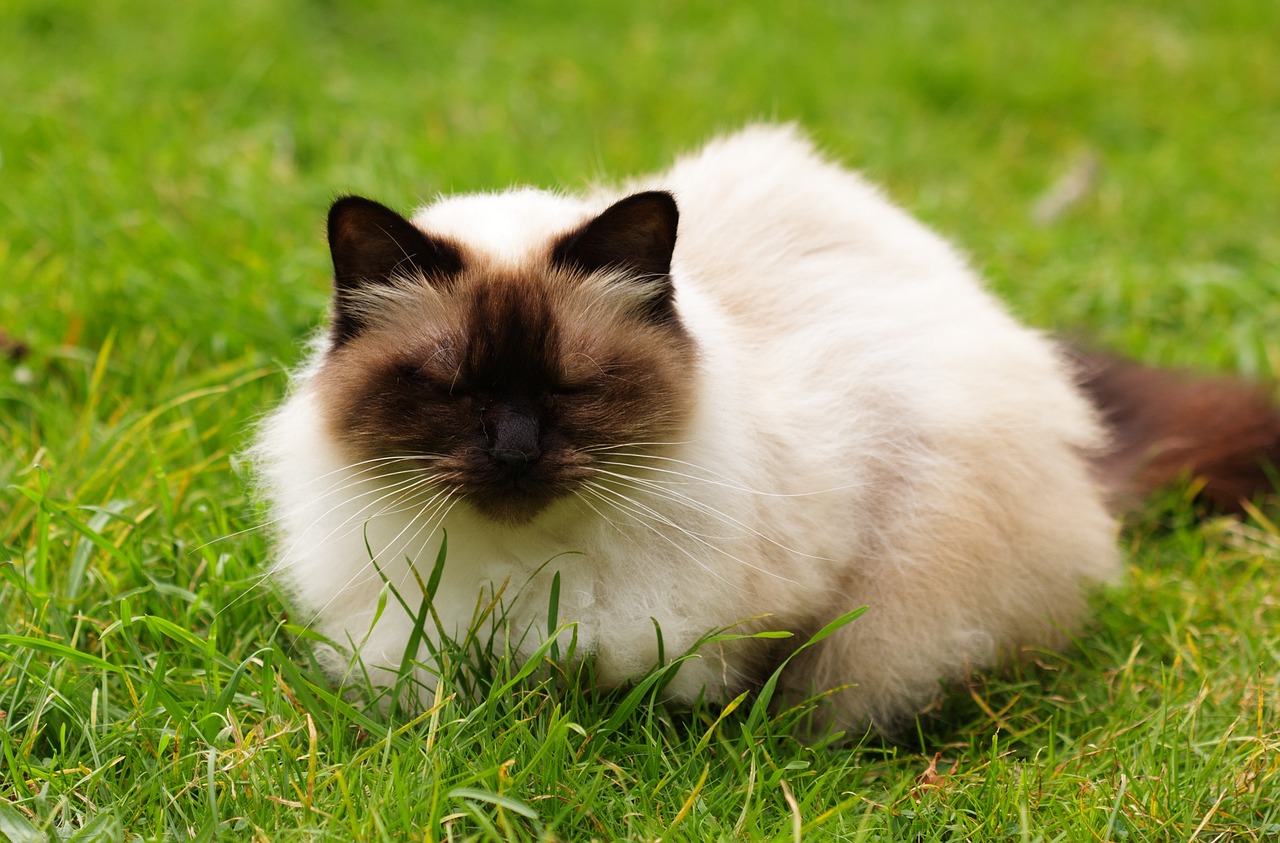
| OFFICIAL NAME | Himalayan / Colorpoint Persian |
| COMMON NAME | Himalayan / Colorpoint Persian |
| PET HEIGHT | 10 to 12 inches |
| PET WEIGHT | 7 to 12 pounds |
| LIFESPAN | 9 to 15 years |
| GOOD WITH | cats, children, dogs, families, seniors |
| TEMPERAMENT | affectionate, sociable |
| INTELLIGENCE | medium |
| SHEDDING AMOUNT | normal |
| PLAYFULNESS | low |
| ENERGY LEVEL | calm |
| VOCAL LEVEL | infrequent |
| COAT LENGTH | long |
| COLORS | cream/beige/tan |
| PATTERNS | color point |
| OTHER TRAITS | friendly toward humans, friendly toward other pets, friendly toward strangers, good lap cat, high potential for weight gain, low prey drive, requires lots of grooming, tolerates being alone, tolerates being picked up |
The Himalayan's long, fluffy coat makes it appear larger than its actual size, which is medium. It is distinguished by its stunning long fur and unique markings. The breeds are Siamese and Persian crossed. These cats, frequently called colorpoint Persians, are characterized by their distinctive patterns, long hair, and flat faces.
Beyond their outward appearance, Himalayan people are renowned for their kind and relaxed personalities. They are frequently likened to dogs because of their laid-back and affectionate dispositions, particularly toward their favorite humans.
Himalayan Appearance
Himalayans have the appearance of a Persian wearing a luxurious fur coat. Their characteristic "points," darker patches on their ears, face, legs, and tail, are set against a creamy, long fur backdrop. These points are available in various hues, including seal, blue, lilac, chocolate, flame, cream, tabby, lynx, and tortoiseshell patterns. Their captivating deep blue eyes enhance their stunning appearance.
Himalayans are medium-sized dogs, but their long fur makes them look bigger. They are manageable, usually weighing between 7 and 12 pounds and growing to 10 to 12 inches when fully grown. They have rounded heads, small ears, and flat faces, just like Persians. Despite the extra work maintaining their opulent coats, their affectionate and amiable disposition makes them incredibly beloved friends.
Himalayan Personality
Himalayans are devoted and caring friends who build close relationships with their families. Their disposition is mild and calm, and they do better in more relaxed settings than in busy homes. They can pick and choose who they want to spend the majority of their time with.
Because of their Siamese ancestry, these cats are intelligent and love to converse with their human companions. They are not demanding and will not actively seek attention, even though they enjoy it. Although they are great family pets, households with older kids who know when to interact and give the Himalayan some space—especially while sleeping—are better suited for them.
If not overly active, Himalayans usually get along with other pets. They may not play rough, but they enjoy snuggling with other cats or dogs. Any companion animals should be peaceful or offer the Himalayans a place to retreat when they need a break from people.
Himalayan Living Needs
Despite their majestic appearance, the Himalayans are content with simple living arrangements, even in large homes or small apartments.
They need to be more renowned for being especially quick or athletic jumpers. Still, they enjoy climbing and surveying their environment from a decent cat tree. For cats, there's nothing better than a window hammock where they can relax and observe the birds outside.
Himalayan cats make excellent lap cats because of their long coats, which must be brushed daily. On hot days, it's crucial to keep them in a cool, air-conditioned space because their thick fur can make them susceptible to heat waves.
If you're gone for the day, providing them with plastic balls or felt mice to play with can help keep them occupied and prevent boredom. This guarantees that even in your absence, they remain content and involved.
Himalayan Care
The main focus of caring for a Himalayan cat is maintaining its luxurious, lengthy coat. Due to their extremely dense fur, daily brushing is necessary to manage shedding, avoid matting, and prevent tangles. Not only do mats appear untidy, but they can also make your pet uncomfortable. Grooming sessions should be enjoyed as a peaceful time spent together. Consider your lap a makeshift cat salon as you watch your preferred TV series.
Bathing them frequently helps to maintain their coat's shine and cleanliness. It's best to begin bathing your Himalayan early on so they get used to it; some may even grow to love taking baths!
Whether or not they have a flat face, cats require regular care such as nail trimming, cleaning their litter box, and ensuring their teeth are plaque-free. These practices help maintain the health and happiness of your Himalayan.
Himalayan Health
Though generally healthy cats, Himalayans can have specific health risks, like any breed, including progressive retinal atrophy (PRA), polycystic kidney disease (PKD), and occasionally respiratory issues because of their flat faces. These ailments are uncommon, though, particularly if you purchase your kitten from a respectable breeder who checks for genetic illnesses.
Because of their long fur, dogs are prone to hairballs, so it's a good idea to talk to your veterinarian about preventive measures as soon as possible.
Maintaining their general health requires routine dental care, regular veterinary check-ups, vaccinations, and nail trimming. Spaying or neutering Himalayan cats and keeping them indoors is also advised for their safety and well-being. Thanks to these habits, your cherished Himalayan companion will live a long and healthy life.
Himalayan Exercise Requirements
Exercise only elicits a little enthusiasm from the Himalayans. They prefer to spend most of their time relaxing and napping when they're not playing. They do better indoors and enjoy playing, though only a few times.
Playtime is essential if you want to keep your Himalayan from gaining weight and to stay healthy. You can mentally and physically engage them by setting up cat shelves, a cat tree, and lots of enrichment and interactive toys. This keeps them content and helps them maintain a healthy weight.
Himalayan Training
Although Himalayans possess sufficient intelligence to be trained, it is still being determined if they would be motivated to learn. Brief training works best. You can train Himalayan cats to walk on a harness and leash, even though most are content to live indoors.
Himalayan History
The 1950s saw the earliest attempts to cross Persian and Siamese cats, giving rise to the relatively modern breed known as the Himalayan. After World War II, Marguerita Goforth is credited with improving the breed and transforming it into the contemporary Himalayan cat.
The Cat Fanciers' Association officially recognized the Himalayan breed in 1957. Since then, cat registries have debated whether to categorize Himalayans as a separate breed or as belonging to the Persian family. The differences between breed classifications don't matter as much to potential pet owners looking for a stunning, devoted, and easy going companion for their home.
Himalayan Fun Facts
It's common to view Himalayan stars as photogenic. Jinx, a well-known Himalayan actor in Hollywood, starred with Robert DeNiro in the iconic comedy Meet the Parents. Sassy, voiced by Sally Field, enchanted viewers as the astute cat in Lost in San Francisco and The Incredible Journey.
Over the years, Martha Stewart has also grown to love Himalayan cats. Three of her Himalayans were featured on the cover of Martha Stewart Living magazine in February 1999.
Colonel Meow, a Himalayan cat, made headlines in 2012 when he broke the record for the most extended cat hair in the world.
Get insurance plans with wide-ranging coverage options








